The History of the Thanksgiving Story
I hope you love the products and resources I recommend here at A Little R & R. Just so you know, it is possible that I get a commission and collect income from the links on this page. Click here for more info.
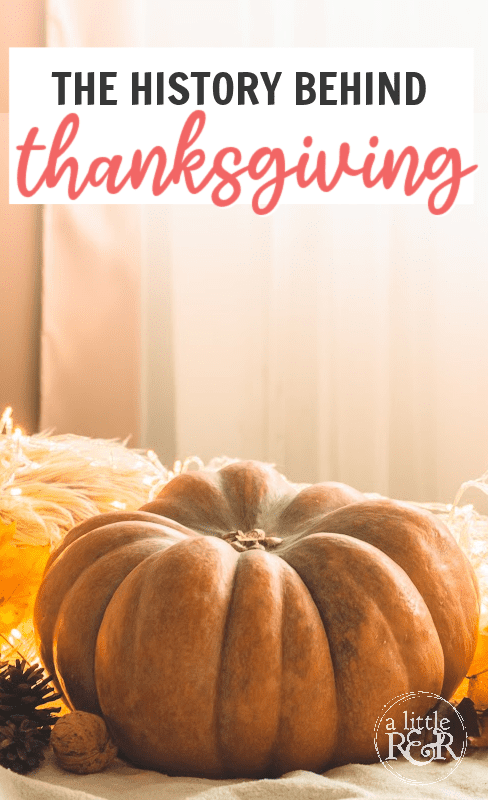
Where did the Thanksgiving Day come from?
Most people connect it with Turkey Day or football. They have little or no understanding of the origin and the significance of Thanksgiving Day.
Thanksgiving Day is one of my most favorite holidays of the year. I love the reminder to be thankful, because I believe it is the way all Christians should live their lives all year long.
That is why, I’m so grateful Dr. Hackett from Foundational (who also happens to be my dad) has taken the time to share with us the history of Thanksgiving Day.
The Early History of Thanksgiving Day
The churches in England went through some dramatic changes in the 16th and 17th centuries. Henry VIII came to the throne of England in 1509. He severely attacked the writings on Martin Luther earning him the title, “Defender of the Faith,” from the Pope.
However, twenty-four years later he lost favor with the Pope, by divorcing his wife, Catherine and marrying Anne Boleyn. The outcome of this conflict was King Henry VIII declaring England’s separation from the Roman Catholic Church and the establishment of the Church of England.
Edward VI became King of England following the death of his father, Henry VIII. However, he only lived six years and in 1553, Mary Tudor, the only child between Henry VIII and his first wife Catherine became queen. She was “Roman Catholic to the core,” as Earle Cairns said, in his book Christianity Through the Centuries.
Queen Mary reinforced the traditions and the rule of Roman Catholicism. With that new ruling came severe punishment for failing to reestablish the traditions. 800 Church of England clergy refused to comply. 300 were martyred and many others fled England for Geneva, Switzerland and the home of John Calvin.
Five years later Elizabeth, the daughter of Henry VIII and Anne Boleyn, came to the throne. Because she was born in a marriage by divorce she could not be a member of the Roman Church. She restored much of the Church of England but also maintained much of the Roman tradition and practices.
This gave rise to the Puritan Movement which sought to restore:
- Final Authority of the Holy Scriptures
- Jesus Christ is the head of the Church not the Monarch
- A child of God is in covenant with God through new birth and they make covenant with other members of the family of God and not the State.
- Bishops should be spiritual leaders only and not political leaders.
- Local congregations should manage their affairs, select their pastors and establish policies.
- In 1560 when the Geneva Bible was published, it became the accepted Bible of the Puritans.
Cambridge University became the center of this movement, although it was not acceptable by the Monarchy. James I came to the throne in 1603. He was petitioned by the Puritans for the enforcement of their Scriptural beliefs.
However, in 1604 James I declared, “I will harry them out of the Kingdom.”
Persecution of the Puritans became more severe. This was the same conference in which he granted permission to make a new translation of the English Scriptures. That translation became known as the King James Version or “The Authorized Version of the Bible.”
Persecution became unbearable for many of the Puritan belief. They had to meet secretly, at night, in private homes, arriving at staggered intervals, using separate routes and secret times. Many hundreds of the Puritans gave their lives for their beliefs.
Hundreds more fled England for mainland Europe, particularly Holland. These believers were called Pilgrims because they believed they were fleeing England for religious freedom.
The King James Version of the Holy Bible was never accepted by the Puritans. If a member of the Puritan or Pilgrim congregation owned a King James Version they would be excommunicated from the Church.
Life was next to impossible in Holland.
The language barrier kept them working at minimal jobs requiring extremely long hours and very rigorous work. Life was so hard in Holland many of those in England refused to come, choosing prison over the hard life in Holland.
After much prayer and fasting, the Puritans in Holland believed God had called them to establish a “New Israel” in the new world being discovered in the Americas. They first looked at Guiana, South America and then the Virginia Colony.
However, Guiana was very subject to decease and they would have to deal with the jealousy of the Spaniards. The Virginia Colony would again put them under the rule of the Monarchy. They chose instead to establish a new colony far away, north of Virginia but under the Virginia Charter, with the provision they would have religious liberty. Virginia welcomed this new colony.
It was, however, very difficult to convince the King.
After much negotiation the permission was granted from King James and on August 5, 1620 two boatloads of Pilgrims left the docks of Southampton, England, on the Speedwell and a smaller vessel, the Mayflower.
The Speedwell sprang leaks requiring they dock at Dartmouth for repairs. They again set sail but after only three miles they had to turn back for the Speedwell had again ran into problems.
Later it was discovered the captain of the Speedwell had purposely sabotaged his vessel.
After much discussion, several families chose to stay in England, out fear of the unknown and the hardships already realized.
102 boarded the Mayflower under the leadership of Elder Brewster and John Carver. The Atlantic is an awful trip in the fall months.
The seas were rough and life in the Mayflower horribly disgusting.
God provided several miracles in the voyage changing the attitudes of the sailors toward the Pilgrim from “these psalming pukestockings” to a respectful honoring of those for whom God would do a miracle. November 9th land was spotted and the voyage ended in “Cape Cod.”
The Cape was named by the local fishermen because they caught that kind of fish. The Pilgrims fell to their knees and gave thanks for their safe passage across the ocean.
Realizing they were several miles north of their intended destiny, driven so by the storms, they made two attempts to move southward.
However, storms would not allow.
They sent out thirty men to search the surrounding area for possible harbor and location for establishing their colony. A second search party of ten was sent out.
In these searches, they located several fields of corn and beans from which they took a great supply.
They fully intended to pay the Indians when they made contact with them. They had seen them on occasion but were unable to establish contact.
Six months later, they made that contact and paid for the provisions.
After much prayer and counsel, they realized God’s hand was in their location. They were outside the Virginia Charter and thus not under English rule.
Some tried to breed rebellion, but they had strong and godly leaders. John Carver was chosen as their first governor and they drafted and adopted what is known as the Mayflower Compact.
In the name of God, Amen.
We whose names are underwritten, the loyal subjects of our dread sovereign lord, King James, by the grace of God, of Great Britain, France and Ireland, King, Defender of the Faith, etc., having undertaken for the glory of God, and advancement of the Christian faith, and honour of our king and country, a voyage to plant the first colony in the northern parts of Virginia, do by these presents solemnly and mutually in the presence of God, and of one another, covenant and combine ourselves into a civil body politic, for our better ordering and preservation, and the furtherance of the ends afore-said and by virtue hereof to enact, constitute, and frame, such just and equal laws, ordinances, acts, constitutions and offices, for the general use of the Colony, unto which we promise all due submission and obedience. In witness whereof we have hereunder-scribed our names at Cape Cod, 11th of November, in the year of the reign of our sovereign lord, King James of England, France and Ireland and the eighteenth, and of A.D. 1620.
December 16, 1620, they were able to sail to the permanent location. It had a perfect harbor, able to handle vessels with a draft twice that of the Mayflower.
There was a large open field, easily defendable, with gentle slopes to the water’s edge. Four spring fed creeks with sweet water flowed through the area.
December 25th they began building the common house for the people and their supplies. One month later, January 21, 1620, the sick were filling the common house and the roof caught fire.
The common house was saved but some much needed supplies were lost.
After completing the common house, they began building homes for the families. As they moved into the month of February, two people a day were dying from sickness, on some days three and February 21st four people died.
One day in February there were only five men well enough to care for the sick, one of them being William Bradford.
Only fourteen people died in March and by mid April, the worst had passed. Nearly half the colony had died that winter, a total of forty-seven people.
Thirteen of the eighteen wives had been lost and only three of the original families remained without the loss of a loved one.
Through it all their hearts remained soft to the Lord Jesus Christ. Sunday was their favorite day of the week, as they gathered for public worship.
Over the remaining months of 1621 God brought divine provision, safety and harvest.
October 1621 Governor Bradford declared a day of public thanksgiving. The neighboring Indian chief, Massasoit, was invited. He arrived a day early with ninety of his people.
They did not come empty handed.
Their contribution to the Thanksgiving meal was five deer and a dozen fat wild turkey.
That first Thanksgiving Day was celebrated with food, fun, laughter, games and wonderful fellowship between the first European people and the Native Americans.
One hundred years later…
He felt more troubled than he had ever felt in his life. The very fate of the Union was at stake. This was the most critical hour of the war and perhaps the most critical hour in the history of the United States.
In desperation, he left his office, crossed the hall into his private chambers, and locked the door. He fell to his knees in front of a chair; head in his hands, he began to weep and pour out a prayer.
He cried out to God that he had done all he knew to do and pleaded for help. After a heartbreaking hour of prayer he rose from his knees, crossed the hall to his office again, but with a great burdened lifted from his shoulders.
As Mr. Lincoln returned to his desk, before him lay a copy of the new “Thanksgiving Proclamation” he was about to sign, declaring the last Thursday of November as a day of national Thanksgiving.
The nation had never had such an annual Day of Thanksgiving and President Abraham Lincoln believed it was time for the nation to remember how God had blessed and prospered this great country.
The Proclamation read:
We have been recipients of the choicest bounties of heaven…
We have forgotten the gracious hand which preserved us in peace…
We have become too self-sufficient to feel the necessity of redeeming and preserving grace, too proud to pray to the God that made us.
Tear slipped down his face as he again read the words he had written. He believed them deeply.
It was that deep belief that moved him to order the Treasury Department to engrave on every American coin, “In God We Trust.”

F. Dean Hackett has served in full time Christian ministry since October 1971. He has ministered through out the United States, Canada and Eastern Europe, serving as an evangelist, pastor, and conference speaker. He has planted four churches and assisted in the planting of many others and is known for training many workers who are presently in full time ministry as pastors and missionaries. He holds a Masters degree in Ministry, a Masters of Theology and a Ph.D. in theological studies. His enthusiastic and challenging ministry has made him a popular teacher and conference speaker. He has written five books, Discovering Jesus, Uncovering the Jesus Life; The Joy of Becoming Like Jesus; The Joy of Becoming an Ambassador for Christ; Discovering True Identity; Mission Agape’. He began Spirit Life Ministries International in 2001 to facilitate and support outreach ministries in the USA, Croatia and other regions the world that open for ministry. He is the author of F Dean Hackett – Foundational. You can find him on Facebook, Twitter, and Pinterest.

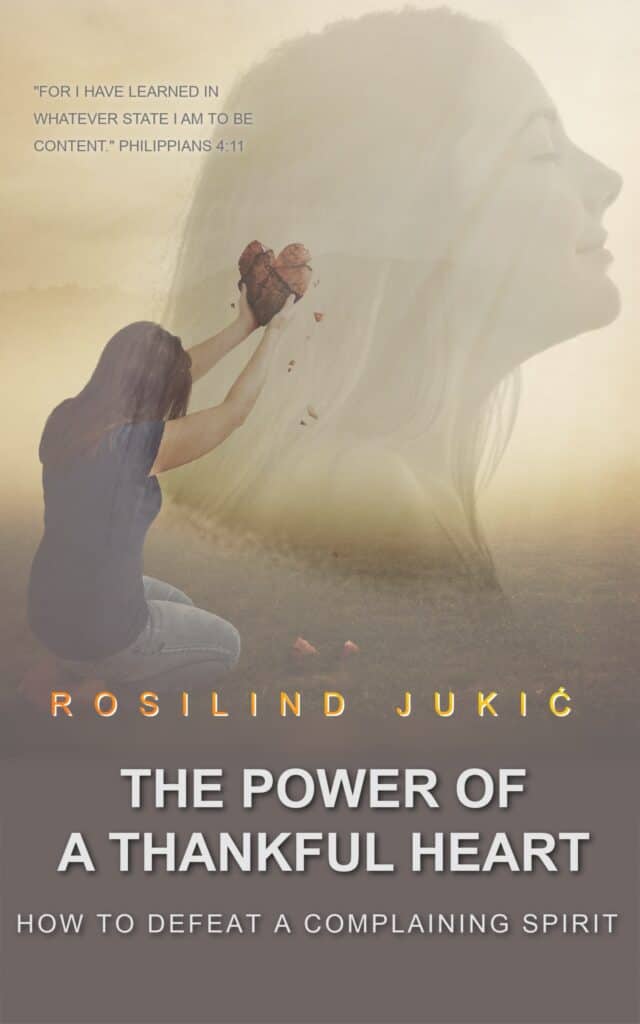
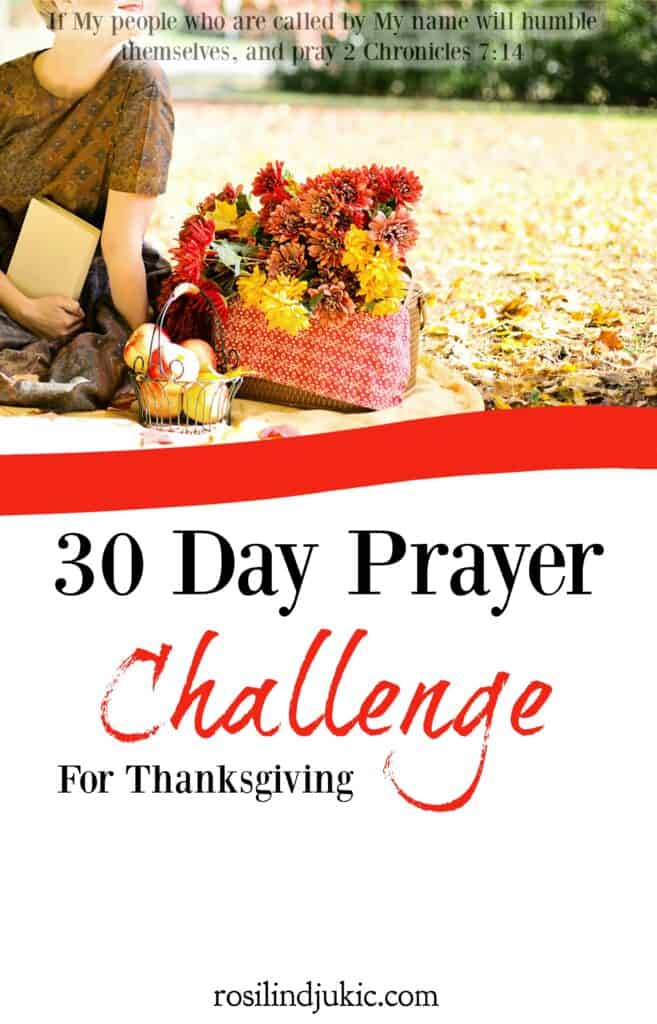
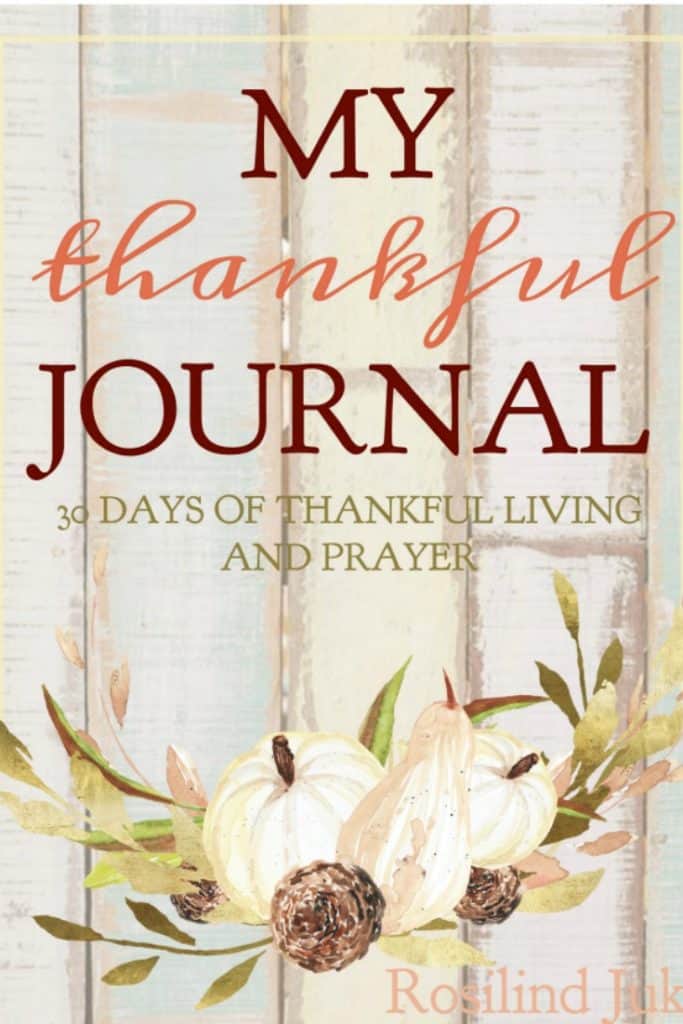
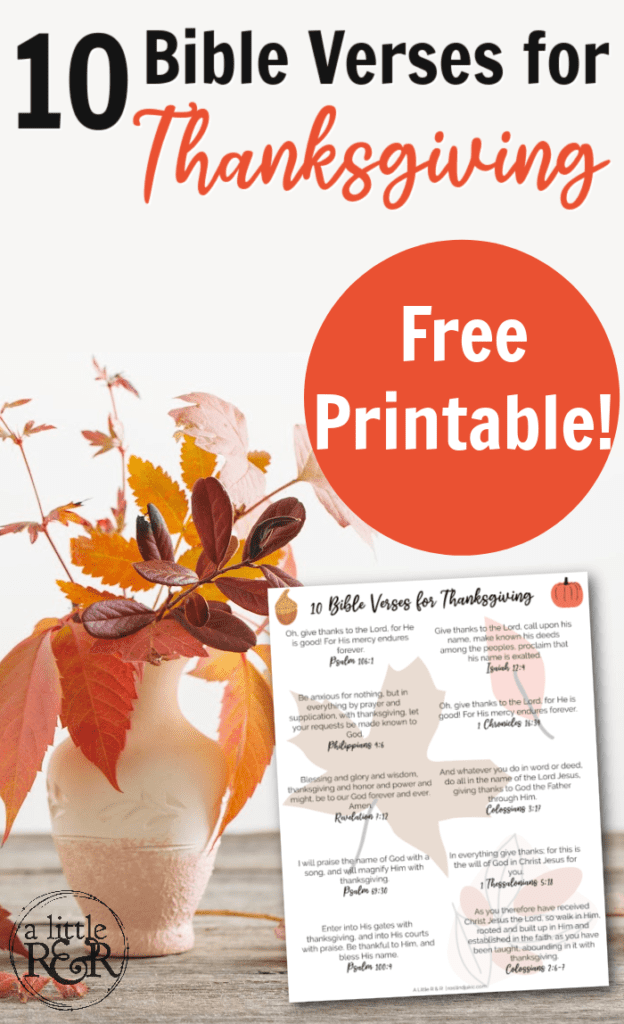
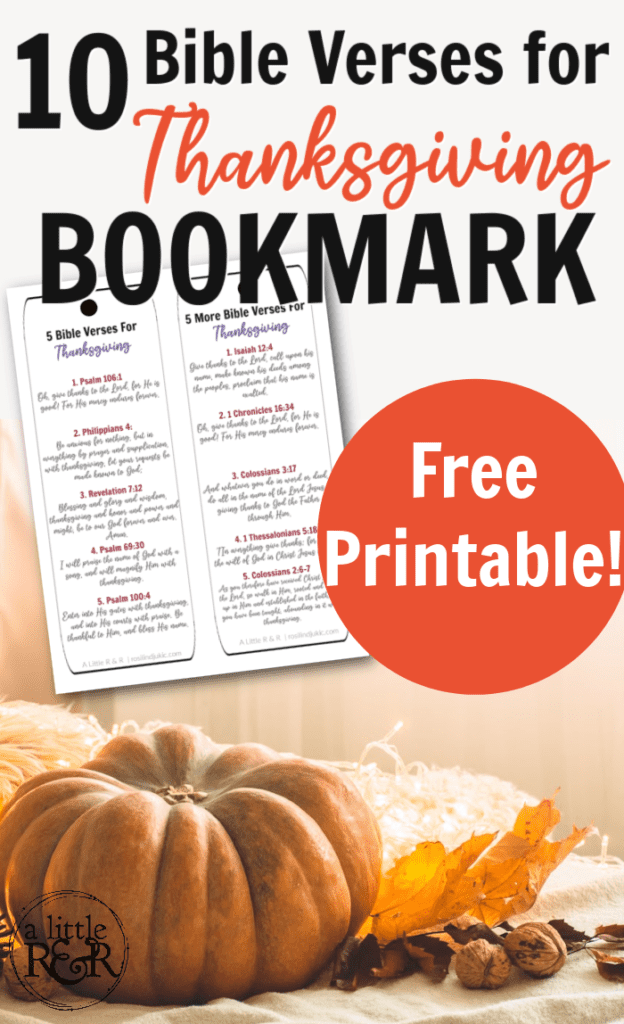
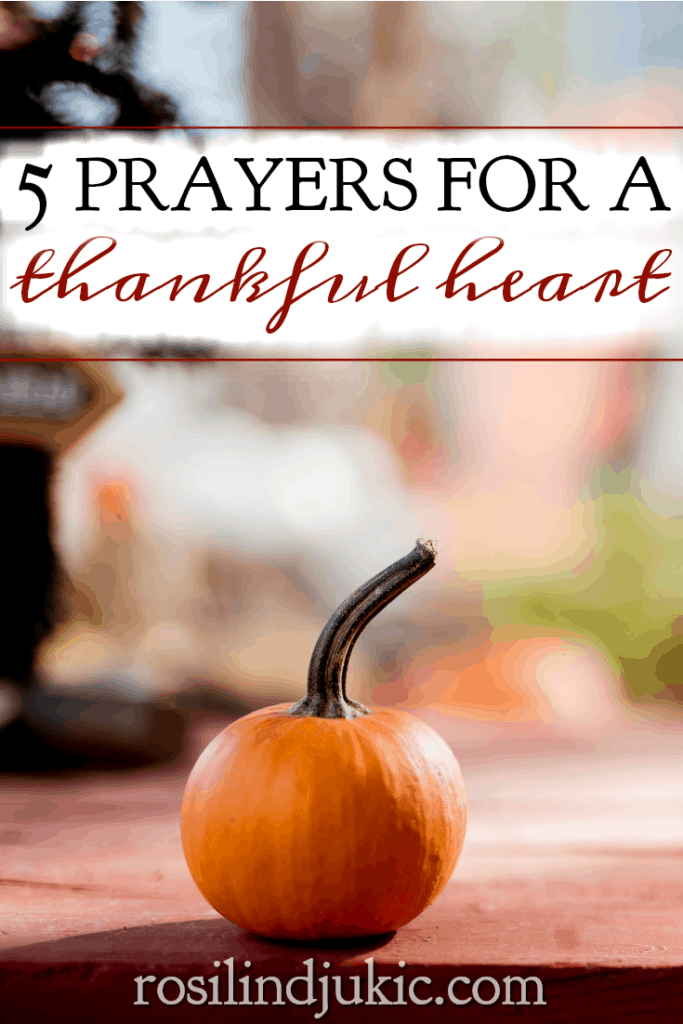

This was very interesting. I’m Canadian so my Thanksgiving doesn’t have the exact same history and I never fully understood the US history.